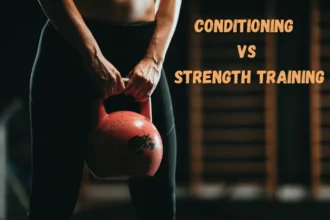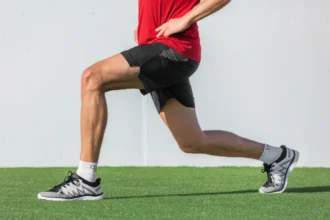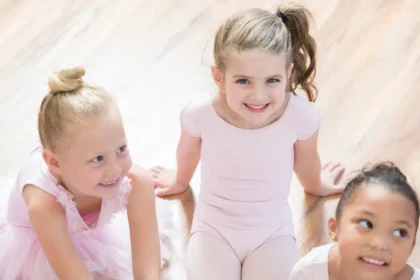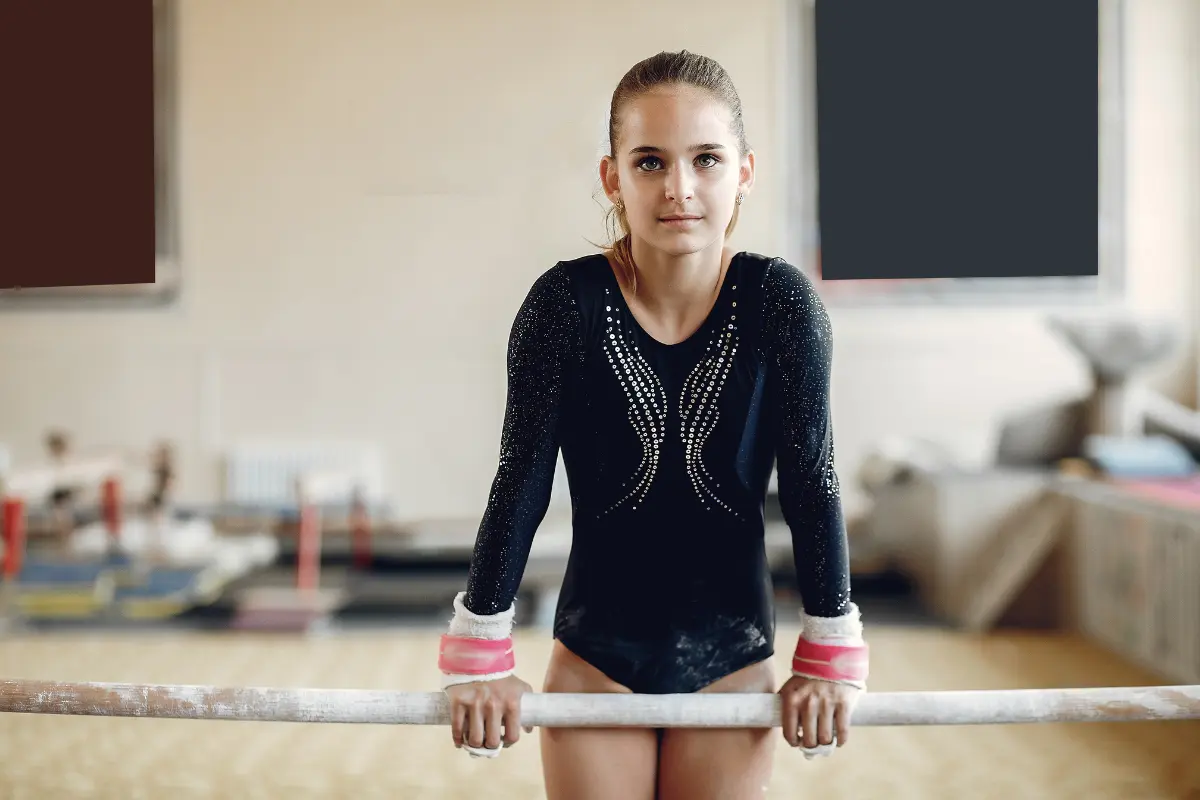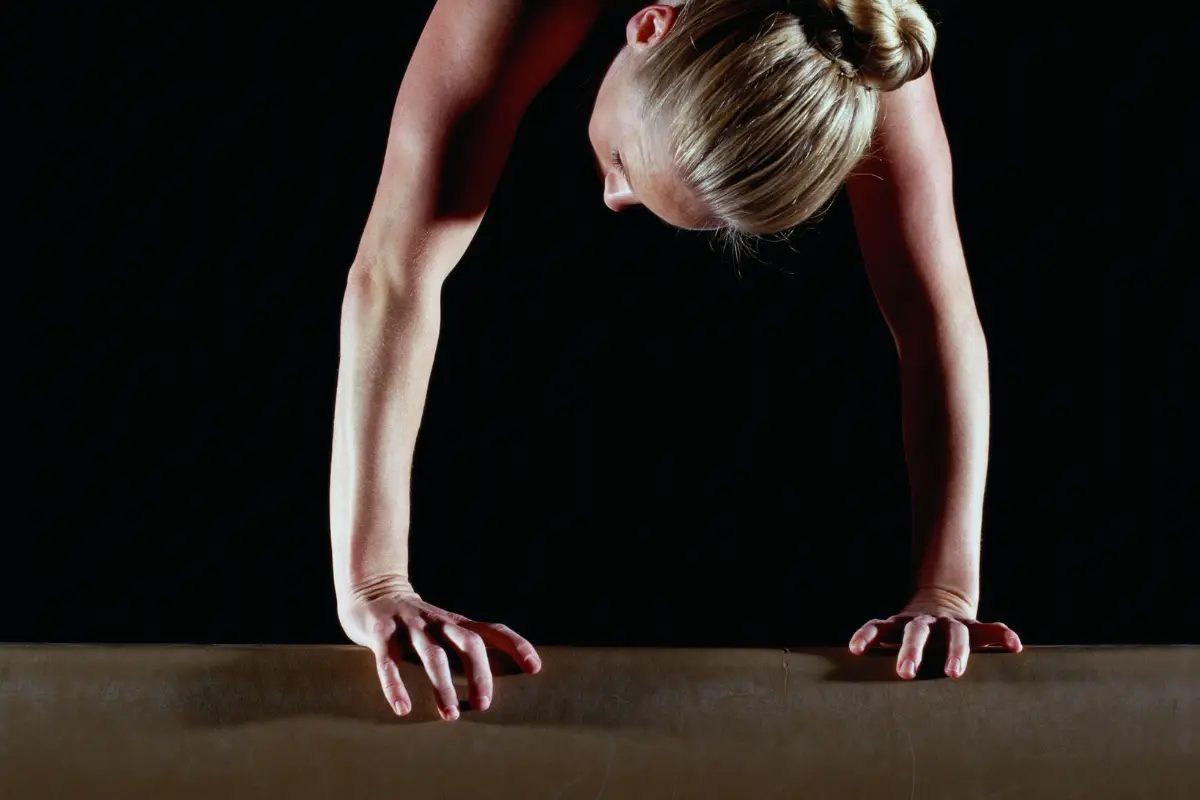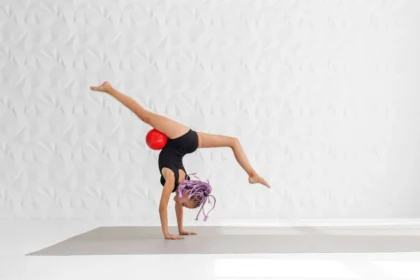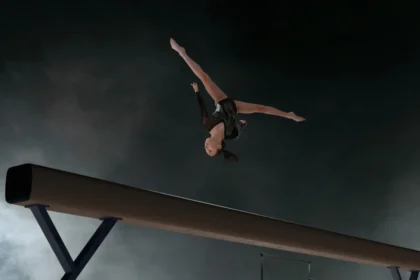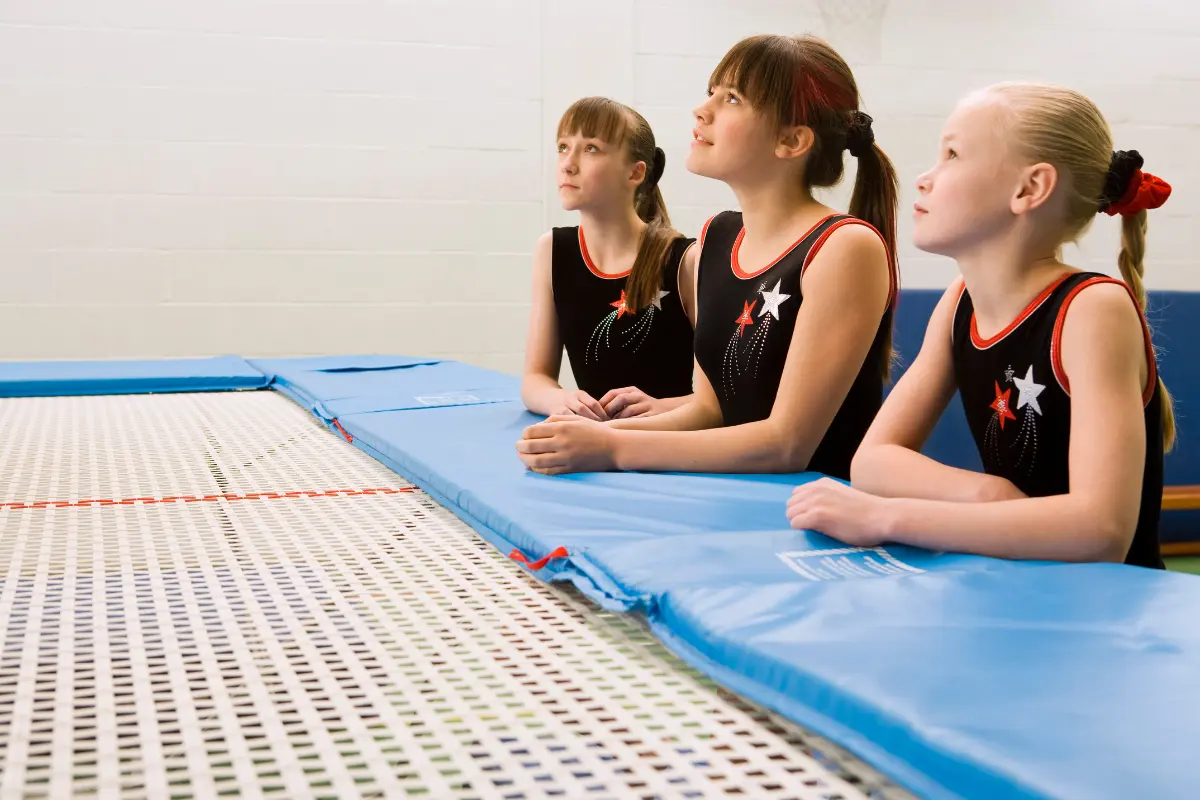If your child spends most of their time spinning through the living room, doing handstands off the couch, or dancing down the grocery store aisle, you already know—movement is in their soul.
So now you’re standing at a crossroads. Should you sign them up for ballet or gymnastics?
Both are fantastic options. They help kids build coordination, confidence, and discipline. But they offer very different experiences. Ballet leans into performance and artistry, while gymnastics is more about athleticism, technique, and competition.
So… What’s the Big Difference?
Let’s start simple.
Ballet is a performing art. It’s all about graceful movement, storytelling, and musicality. Think tutus, pirouettes, and classical music. Dancers don’t compete—they perform.
Gymnastics, on the other hand, is a competitive sport. Athletes are scored by judges on strength, form, and precision. There’s music and movement too—especially in rhythmic gymnastics—but the end goal is to stick the landing, not tell a story.
One isn’t better than the other. They’re just built differently.
| Feature | Ballet | Gymnastics |
|---|---|---|
| Type | Performing art | Competitive sport |
| Focus | Grace, posture, storytelling, musicality | Strength, agility, acrobatics, precision |
| Setting | Dance studios, theaters | Gyms, competitions |
| Apparatus | None (except in performance) | Multiple apparatuses (beam, bars, floor, etc.) |
| Evaluation | Recitals or performances | Scoring system, meets, levels |
What Are the Physical Benefits?
Ballet and gymnastics both help kids grow stronger, more flexible, and more coordinated—but they do it in different ways.
Ballet: Grace + Control = Quiet Strength
Ballet may look soft and floaty on the outside, but behind every plié and pointed toe is some seriously sneaky strength training.
- Posture like a pro – Ballet teaches kids to stand tall, shoulders back, chin up. Even outside the studio, they’ll carry themselves with confidence.
- Super smooth coordination – Moving arms, legs, head, and feet all at once, and making it look effortless? That’s coordination, and ballet builds it beautifully.
- Flexibility that lasts – With regular stretching built into every class, your child will gradually become more limber and less injury-prone.
- Strong little muscles – Especially in the feet, legs, and core. All that balance and control? It takes way more muscle than it looks like!
- Musicality & rhythm – Since ballet is always performed to music, kids get a great sense of timing and movement in sync with sound—which helps with everything from dance to sports to learning instruments.
Gymnastics: Power + Play = Functional Strength
Gymnastics is basically playtime with a purpose. Kids are running, jumping, flipping, climbing—it’s like a playground on steroids. And it builds an incredibly strong and agile body.
- Full-body strength – From push-ups to handstands to swinging on bars, gymnasts use every muscle group. Core, arms, legs—you name it, they’re working it.
- Balance like a ninja – Whether they’re on a beam or just learning to stand on one foot, gymnastics teaches kids how to stay steady and centered.
- Crazy-good body awareness – Your child will start to understand exactly where their body is in space—so they can flip, roll, or recover without getting dizzy or disoriented.
- Quick reflexes & agility – Gymnasts move fast and think faster. That’s agility, and it helps not just in sports, but in everyday movement and reactions.
- Serious confidence boost – There’s something powerful about learning how to safely flip upside down or land a cartwheel. It teaches kids they can do hard things—and that’s a lesson that sticks.
At the end of the day, both ballet and gymnastics help kids feel strong, graceful, and in control of their own movement—and that’s a superpower they’ll carry with them for life.
When Can Kids Start?
You might be surprised just how young children can begin ballet or gymnastics—some kids are taking their first class before they’re fully out of the toddler phase! But what they’re doing in those early classes is all about fun, movement, and motor skill development—not strict training.
Let’s break it down by age and what to expect.
Ballet
Ages 2.5–4: Pre-Ballet / Creative Movement
This is the sweet spot for starting ballet. This age class is often labeled “creative movement” or “baby ballet.” The focus is on developing rhythm, imagination, basic coordination, and listening skills—not perfect pliés.
Kids might pretend to be butterflies or fairies, move with scarves, and dance to classical or children’s music. Storytelling’s often involved, and a heavy emphasis on joy over technique. Expect short classes (30–45 minutes) and lots of giggles.
Ages 5–7: Introductory Ballet Technique
At this stage, kids begin learning basic ballet positions, postures, and terminology, usually in a more structured way but still at a playful, age-appropriate level. They may begin working at the barre and start understanding the idea of choreography.
Classes tend to be a bit longer now (45–60 minutes), and the structure begins to resemble “real” ballet while still staying fun and positive.
Ages 8+
From this age on, students who are serious about ballet may be invited into graded or leveled ballet programs, often involving multiple classes per week. This is when more formal technique is introduced, and pre-pointe preparation may begin for those interested in progressing further.
Some studios also introduce performance opportunities around this age, such as The Nutcracker or year-end recitals.
Gymnastics
Ages 18 months–3: Parent & Tot Classes
Yes, they can start this young! Parent-assisted classes (sometimes called “Mommy & Me” or “Tots Gym”) are designed to develop gross motor skills, spatial awareness, and basic strength through soft play, obstacle courses, and simple movement games.
Parents are on the floor helping, guiding their little ones as they crawl, balance, swing, and bounce their way through the gym.
Ages 3–5: Preschool Gymnastics
At this age, kids can usually participate independently. These classes introduce basic skills like rolls, jumps, and animal walks, as well as beginner apparatuses like low beams and tiny bars.
They learn how to take turns, follow instructions, and gain body confidence in a structured environment. Preschool gymnastics builds a foundation of coordination, balance, and strength in a way that feels like pure playtime.
Ages 5–7: Beginner / Rec Classes
Here’s where gymnastics starts to look more like, well, gymnastics. Kids begin learning fundamental skills like handstands, cartwheels, bridges, and introductory bar or vault movements. Some gyms offer mini-competitions or performances for fun, even at this early level.
Classes are often divided by age or skill level, and kids who show early talent may be invited into pre-team or developmental programs.
Ages 7+
Older kids who are new to gymnastics can still jump in! Many gyms offer beginner classes for all ages. For those already progressing, this is often when the shift to competitive team gymnastics happens—complete with skill assessments, level testing, and an increase in training hours.
A Note on Readiness
Every child is different. Some kids are ready to jump into group classes right away, while others might need a little more time to warm up socially or emotionally.
Here are a few signs your child might be ready to start:
- They can follow basic instructions and take turns
- They show interest in music, movement, or climbing
- They’re potty trained (often required by studios and gyms for solo participation)
- They can separate from a parent without major distress
Even if your child isn’t ready to join a class alone, watching, exploring the space, or doing a trial class can help ease the transition.
Personality Fit: What Suits Your Child’s Temperament?
Every child is unique, and their personality can often guide the way:
| If your child… | Consider… |
|---|---|
| Loves music, storytelling, or roleplay | Ballet – perfect for imaginative minds and those who love creative expression. |
| Is energetic, fearless, and loves to climb or flip | Gymnastics – ideal for kids with physical confidence and a sense of adventure. |
| Prefers slow, deliberate movement and precision | Ballet – offers structure and grace in movement. |
| Enjoys high-energy environments and competition | Gymnastics – especially in later stages, includes meets and scoring. |
What If My Child Doesn’t Seem to “Fit” Either Perfectly?
That’s completely normal.
Many kids don’t show a strong leaning right away—and honestly, that’s a great reason to try both! Let them experience different environments, instructors, and movement styles. You might be surprised which one they connect with more.
Also, kids evolve. A quiet, careful 5-year-old may turn into a fearless tumbler by 7. A high-energy kindergartner might fall in love with ballet’s elegance once they’re old enough to appreciate the artistry. Let them explore, and trust your gut. Whether they’re spinning or flipping, they’re growing in all the best ways.
What About Time Commitment?
Let’s talk logistics. How much time are you signing up for?
- In ballet, young dancers usually start with 1–2 classes per week. As they grow and get more serious, that can increase—but it’s usually a gradual ramp-up.
- Gymnastics can escalate quickly. While recreational classes might start small, competitive gymnasts often train multiple times per week—sometimes 10+ hours a week by age 8 or 9.
So if you’re just looking for a fun after-school outlet, either works. If you’re thinking long-term commitment, gymnastics gets intense faster.
Final Thoughts: Let Joy Lead the Way
Whether your child chooses ballet or gymnastics, the most important thing is that they’re happy, active, and excited to move. Both activities help kids grow stronger, more confident, and more disciplined—not just in class, but in life.
You don’t have to figure it all out right away. Try a class, see what sparks their interest, and follow their joy. Sometimes they’ll surprise you with what they fall in love with—and that’s the best part.



